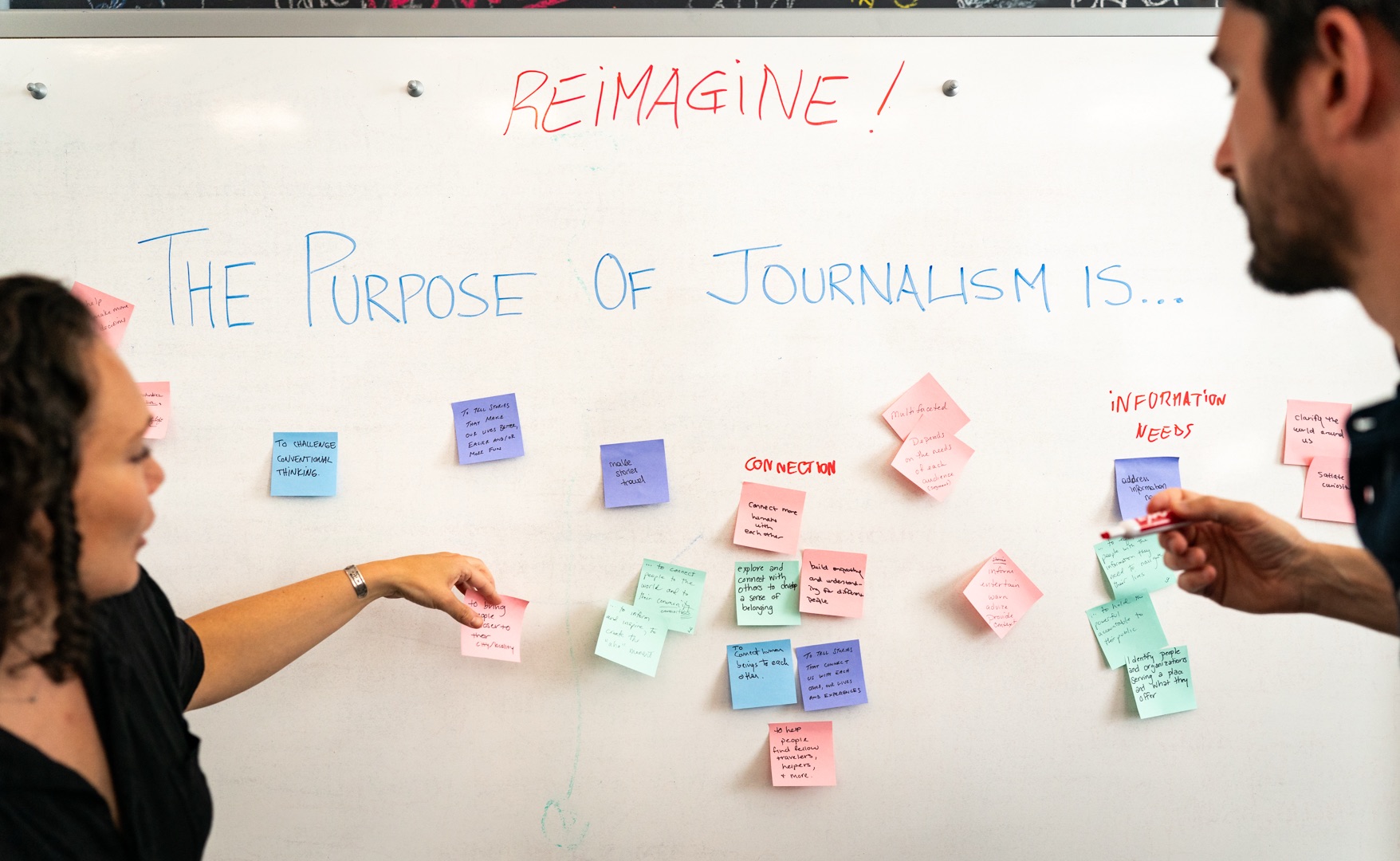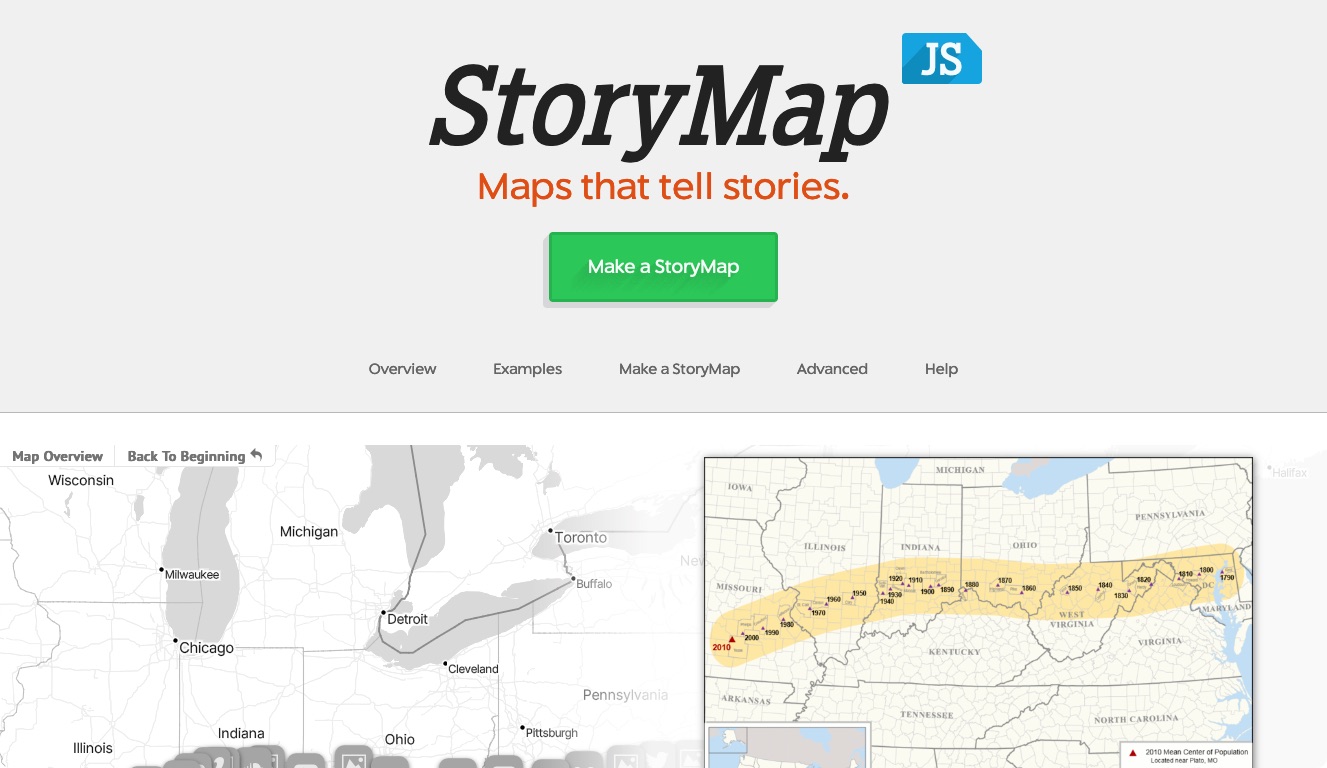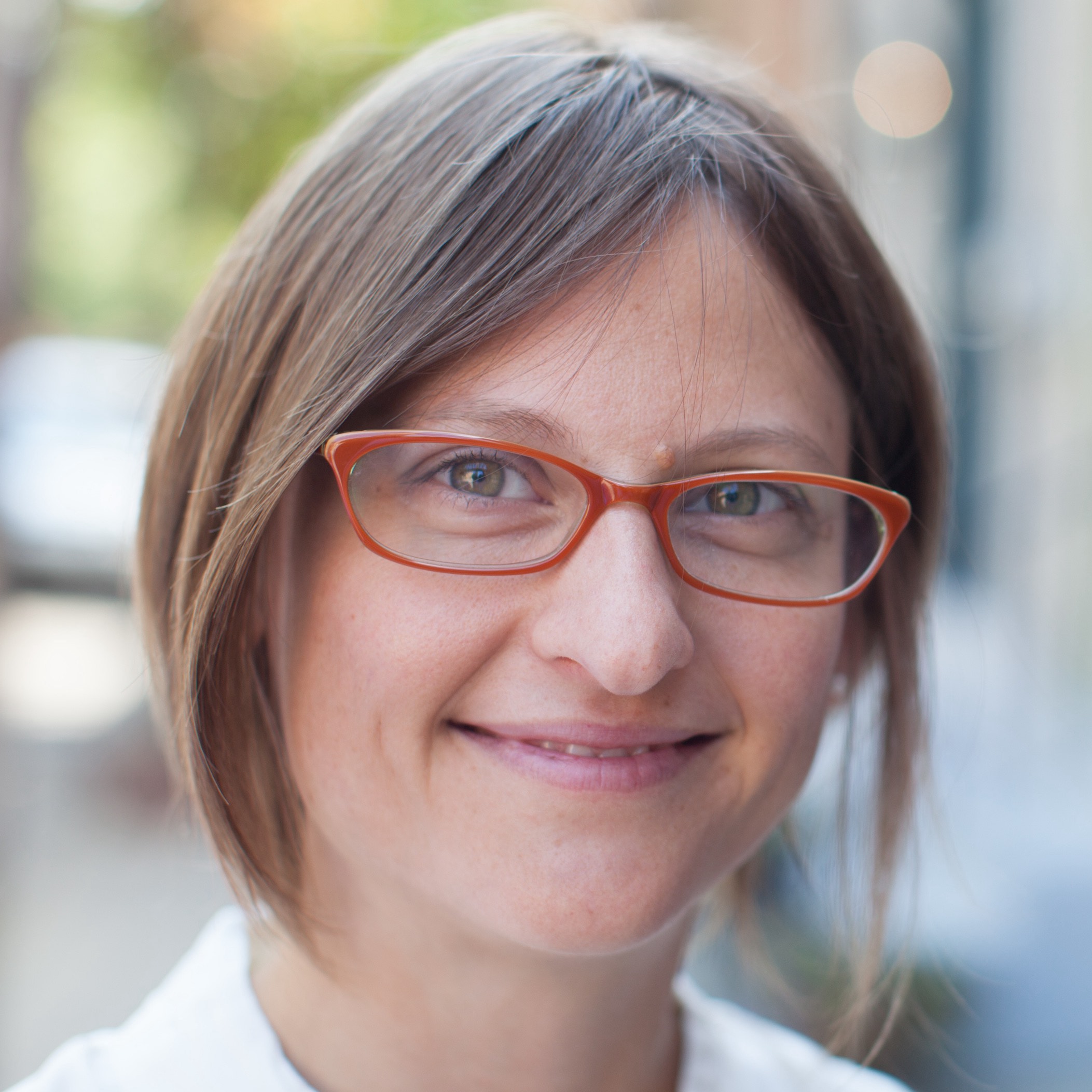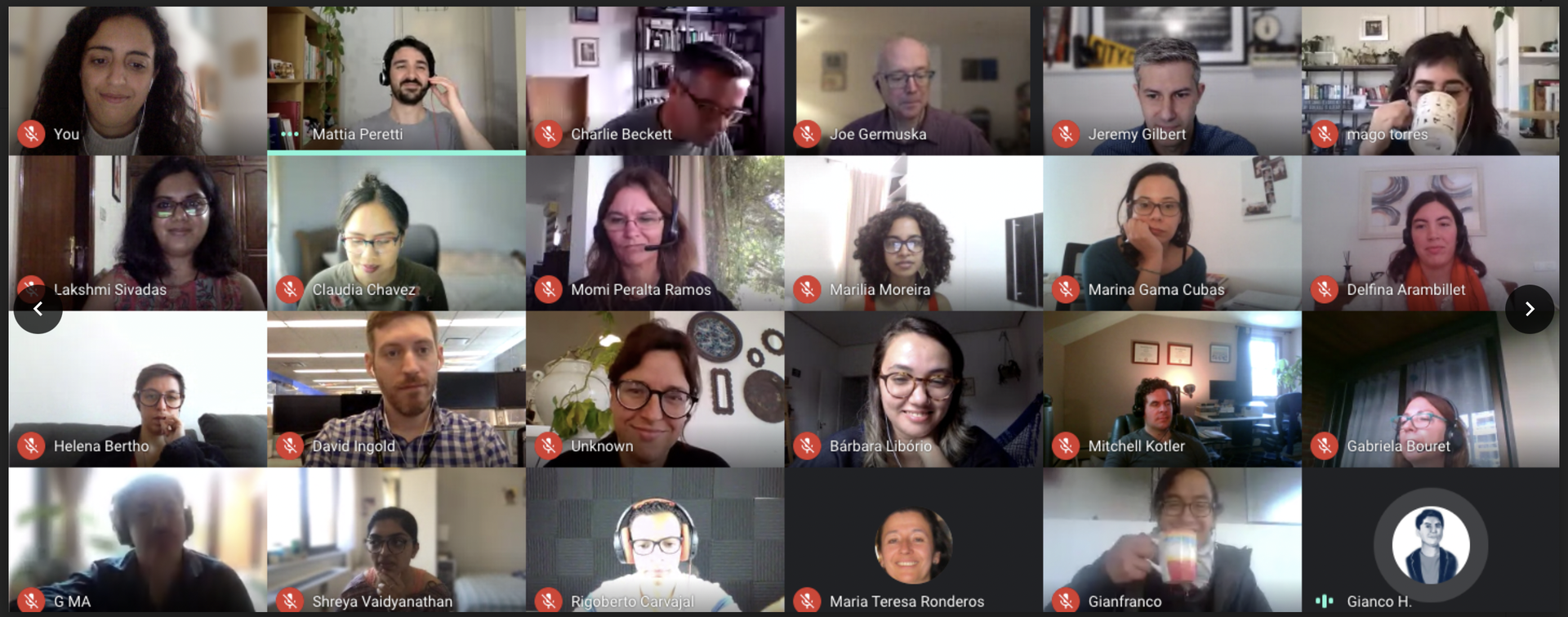This story is part of a series on bringing the journalism we produce to as many people as possible, regardless of language, access to technology, or physical capability. Find the series introduction, as well as a list of published stories here.
As news organizations look increasingly to social networks, apps, and other recently-emerged technology to find new audiences, at least one has gone in the completely opposite direction.
Pop-Up Magazine this year launched a product to deliver stories by phone, a 100-year-old technology. The project is simply called Phone Stories and the idea is to encourage users to call when they’re in a specific situation — in the dark, in front of a mirror, at home, etc. — and listen to a story crafted for that moment.

Every call begins (after a quick sponsor shout-out), with a ringing phone before a storyteller picks up on the other end. In Episode 5, Natalie Batalha, an astronomer at NASA’s Ames Research Center, answers the phone.
I called, as instructed, under a night sky as I sprawled on the grass in Northwestern’s Deering Meadow. Bahalha’s voice came on the line: “Hold your hand up against the sky. That’s about the size of the patch of sky the Kepler Spacecraft has been looking at, seeing what planets we can find in this one strip of sky.”
As I listened Bahalha talked about the diversity of planets above me: “We didn’t understand or even imagine the diversity of planets out there … Lava worlds, planets that have oceans of molten rock. Planets with not one sun rising in the east and setting in the west, but two. …. As you’re staring up at these pinpoints of light in the night sky, instead of imaging those as stars, you can imagine actually every one of those pinpoints of light as other solar systems.”
The story changed the way I looked at the night sky and reminded me how much I loved stargazing.

The idea for stories tuned to specific moments or situations made its public debut at a TED conference last year where the Pop-Up Magazine team handed out copies of The California Sunday Magazine with a phone number affixed to each copy. Instructions asked readers to call at certain points during the conference: just before bed, for example, or standing on the Vancouver waterfront.
The idea gained traction and Phone Stories was born, said Douglas McGray, Editor-in-Chief of the California Sunday Magazine and Pop-Up Magazine.
Though an innovation in storytelling, the technology behind Phone Stores is perhaps deceptively simple. It’s “basically just voicemail,” McGray said.
Pop-Up magazine purchased a number and then connected it to an Internet voicemail provider, he said. As new episodes are released, the message is updated. For the experience to feel as natural and authentic as possible, McGray said that music and other sound bites were deliberately avoided. “There is something intimate about a phone call, so when we produce the stories, we try to preserve that feeling,” McGray said.There is something intimate about a phone call.
Though not specifically designed to bring in new or diverse audiences, Phone Stories does offer important lessons for journalists who are trying to do so. For starters it requires only the most basic hardware — a 1965 rotary phone landline would do the trick, which means urban, rural, and slow- and no-internet audiences alike can access it. It also requires very little knowledge — listeners don’t have to know where to find, say, a podcast. And, like much of our media today, it’s accessible at any time.
So while we typically think of bringing new audiences in with ever more technology, it might be that optimizing the ones we already possess is an equally valid approach.
About the author





